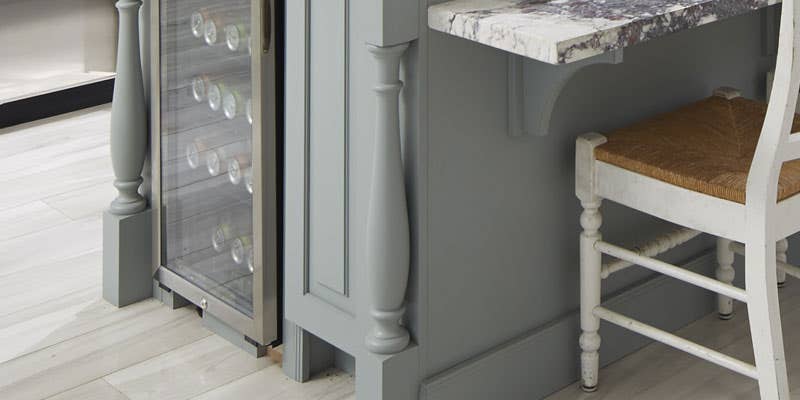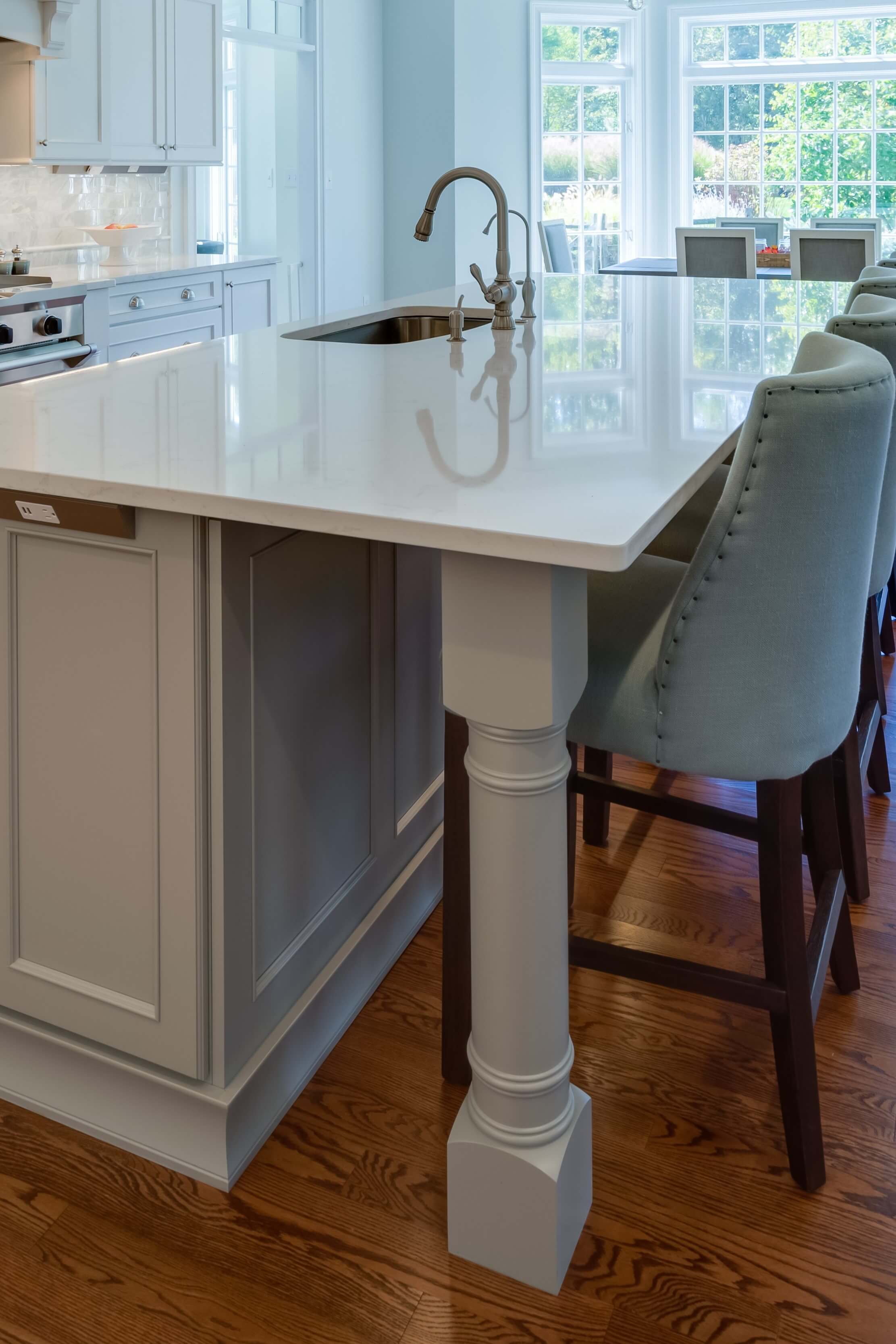Include Stability and Appeal with Sturdy Legs For Kitchen Island Setups
Include Stability and Appeal with Sturdy Legs For Kitchen Island Setups
Blog Article
A Guide to Picking the Perfect Legs For Kitchen Area Island for Your Home
Picking the ideal legs for your kitchen island is a nuanced decision that impacts both the capability and aesthetic charm of this central space. As you take into consideration these elements, it comes to be obvious that the best legs can transform not just the appearance of your cooking area however additionally its usability for years to come.

Recognizing Kitchen Island Legs
When selecting legs for a kitchen area island, it's necessary to recognize their aesthetic and functional functions in the general design. The legs serve as a critical assistance system, making sure stability and toughness for the island, which usually functions as a work space, eating area, or gathering spot. As a result, the option of material and building technique need to be robust adequate to stand up to day-to-day usage and potential wear.
In addition to their structural obligations, legs contribute dramatically to the island's aesthetic appeal. They can improve the kitchen's design, whether via traditional, modern, or diverse designs. The height and percentage of the legs are also crucial considerations; they have to harmonize with the island's countertop height while making certain comfy seating for those utilizing the room.
Additionally, the leg design can influence the overall flow of the kitchen. Open, ventilated leg styles can develop a feeling of lightness, while solid, substantial legs may communicate a more based and stable visual - Legs For Kitchen Island. Understanding these visual and functional facets will direct house owners in making notified choices that enhance their kitchen area's layout and enhance its usability
Popular Styles and Materials
The choice of legs for a kitchen area island incorporates a variety of preferred designs and products, each offering unique characteristics that can improve both functionality and looks. Typical legs usually display elaborate details and craftsmanship, boosting classic cooking area designs.

Elevation and Stability Factors To Consider

The legs of the kitchen have a peek here island need to offer appropriate support, making sure that the structure can stand up to everyday use without wobbling or shifting. Material option plays a substantial function in security; metal legs, for circumstances, have a tendency to provide greater toughness compared to wood.
Matching Your Kitchen Area Visual
Picking the right legs for your cooking area island goes beyond performance; it likewise plays a considerable function in the general visual of the area (Legs For Kitchen Island). When picking legs, take into consideration the layout style of your kitchen.
Color is another crucial element. Legs that complement or contrast with your island's surface and surrounding cabinetry can create aesthetic consistency or striking prime focus. Coupling dark wood legs with a light marble counter top can add depth and passion. In addition, think about the surface of the legs; matte, glossy, or textured coatings can substantially influence the general feel of the kitchen.
Installment and Upkeep Tips
Installing kitchen island legs calls for mindful interest to information to make sure both stability and aesthetic charm. Begin by selecting an ideal place for your island, guaranteeing it is level and has ample room for motion. If you are connecting the legs to a wall or utilizing braces for added assistance, use a stud finder to situate wall studs. Mark the positioning of the legs properly before exploration.
When protecting the legs, make use of top notch screws and, if required, timber adhesive for additional strength. For metal legs, ensure that you are utilizing proper supports and devices to stop damages to your floor covering. It is advisable to examine for levelness after installation, making adjustments as needed to stay clear of wobbling.
Upkeep is equally essential for durability - Legs For Kitchen Island. Consistently inspect the legs for any type of indicators of wear or helping to loosen, particularly in high-traffic locations. Clean the legs with an appropriate cleaner, preventing rough products that may scrape the surface area. For wood legs, take into consideration using a timber conditioner occasionally to keep their coating. By adhering to these installment and upkeep pointers, you can guarantee that your kitchen area island legs remain both useful and visually appealing.
Verdict
To conclude, choosing the suitable legs for a kitchen area island necessitates careful factor to consider of height, stability, and aesthetic compatibility. By picking appropriate products check my site and styles that straighten with the general kitchen design, functionality can be enhanced while keeping visual appeal. Correct installation and ongoing maintenance even more add to the durability and longevity of the cooking area island. weblink Ultimately, thoughtful leg option plays an essential role in boosting both the functionality and design of the cooking area area.
When choosing legs for a cooking area island, it's vital to understand their functional and aesthetic functions in the overall layout. Open, airy leg styles can develop a sense of agility, while solid, considerable legs might convey a much more grounded and secure visual. The legs of the cooking area island should offer sufficient support, making sure that the framework can endure day-to-day usage without changing or tottering.Installing kitchen island legs calls for careful interest to information to make certain both security and visual appeal.In conclusion, choosing the appropriate legs for a kitchen area island demands careful consideration of height, security, and visual compatibility.
Report this page